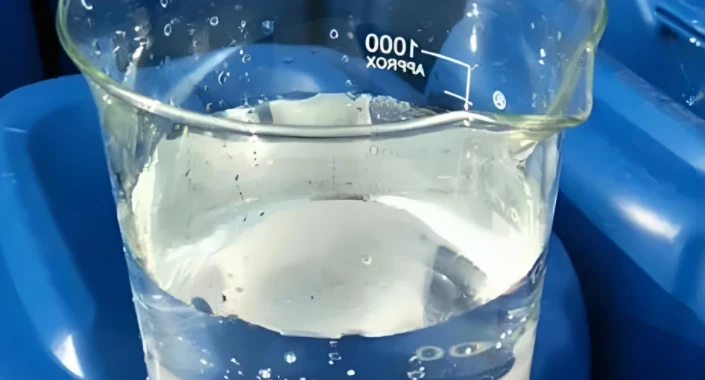



cationic polyacrylamide
Cationic Polyacrylamide A Versatile Polymer for Industry Applications
Cationic polyacrylamide (CPAM) is a synthetic polymer that has gained significant traction in various industrial applications due to its versatile nature and effective performance in different environments. The polymer is derived from acrylamide monomers, which are subjected to a polymerization process that introduces cationic charges to the structure. This modification enhances its functionality, making it an essential component in fields such as wastewater treatment, papermaking, and soil conditioning.
Chemical Structure and Properties
Cationic polyacrylamide is characterized by its long-chain molecular structure, which consists of repeating units of acrylamide. The incorporation of cationic groups, usually quaternary ammonium compounds, imparts a positive charge to the polymer. This positive charge allows CPAM to interact effectively with negatively charged particles and colloids, such as clay and organic matter. The result is a polymer that exhibits remarkable flocculating and coagulating properties.
The solubility of CPAM in water is a key feature, facilitating its application across various processes. Depending on the degree of charge and molecular weight, CPAM can come in different formulations, allowing for tailored solutions to specific industrial challenges. Higher molecular weight variants tend to be more effective as flocculants, while those with lower molecular weights are better suited for processes requiring rapid dissolution and lower viscosities.
Applications in Wastewater Treatment
One of the most significant applications of cationic polyacrylamide is in wastewater treatment. The presence of various suspended particles and bacteria in wastewater necessitates effective treatment solutions to ensure the removal of contaminants. CPAM acts as a flocculant that promotes the aggregation of these suspended particles, facilitating their removal through sedimentation or filtration.
In municipal and industrial wastewater treatment facilities, the addition of CPAM can significantly enhance the efficiency of the separation processes. By promoting the formation of larger flocs, CPAM aids in the reduction of turbidity and the overall improvement of water clarity. This is particularly beneficial in treating effluents that contain high concentrations of suspended solids, making CPAM an indispensable component in modern wastewater management.
cationic polyacrylamide

Role in Papermaking
The papermaking industry also leverages the benefits of cationic polyacrylamide. In this sector, CPAM is utilized as a retention aid and drainage agent. The polymer's ability to bind with fine particles and fibers enables improved retention rates of fillers and fines during the papermaking process. This leads to enhanced paper quality by minimizing the loss of valuable materials and improving fiber bonding.
Moreover, CPAM contributes to better drainage during the formation of paper sheets, reducing energy consumption in the drying process. Its use in papermaking not only enhances productivity but also contributes to cost savings, making it an attractive option for manufacturers aiming to optimize their operations.
Soil Conditioning and Agriculture
In agriculture, cationic polyacrylamide has emerged as a vital tool for soil conditioning. The polymer's ability to improve soil structure and water retention has made it popular among farmers and researchers. By forming a gel-like substance when mixed with water, CPAM helps to bind soil particles together, improving aeration and drainage while reducing soil erosion.
Additionally, CPAM can enhance the efficiency of irrigation by retaining moisture in the soil, ensuring that plants receive a consistent supply of water. This property is particularly advantageous in arid and semi-arid regions where water scarcity is a pressing issue. By promoting better soil health, cationic polyacrylamide contributes to increased agricultural productivity and sustainability.
Conclusion
Cationic polyacrylamide is a multifaceted polymer that plays a crucial role in various industries, including wastewater treatment, papermaking, and agriculture. Its unique properties, particularly its cationic charge and excellent flocculating abilities, allow it to address specific challenges in these sectors effectively. As industries continue to seek innovative solutions to improve efficiency and sustainability, the importance of cationic polyacrylamide is likely to grow, solidifying its position as a critical component in modern industrial applications.
-
Why Sodium Persulfate Is Everywhere NowNewsJul.07,2025
-
Why Polyacrylamide Is in High DemandNewsJul.07,2025
-
Understanding Paint Chemicals and Their ApplicationsNewsJul.07,2025
-
Smart Use Of Mining ChemicalsNewsJul.07,2025
-
Practical Uses of Potassium MonopersulfateNewsJul.07,2025
-
Agrochemicals In Real FarmingNewsJul.07,2025
-
Sodium Chlorite Hot UsesNewsJul.01,2025










